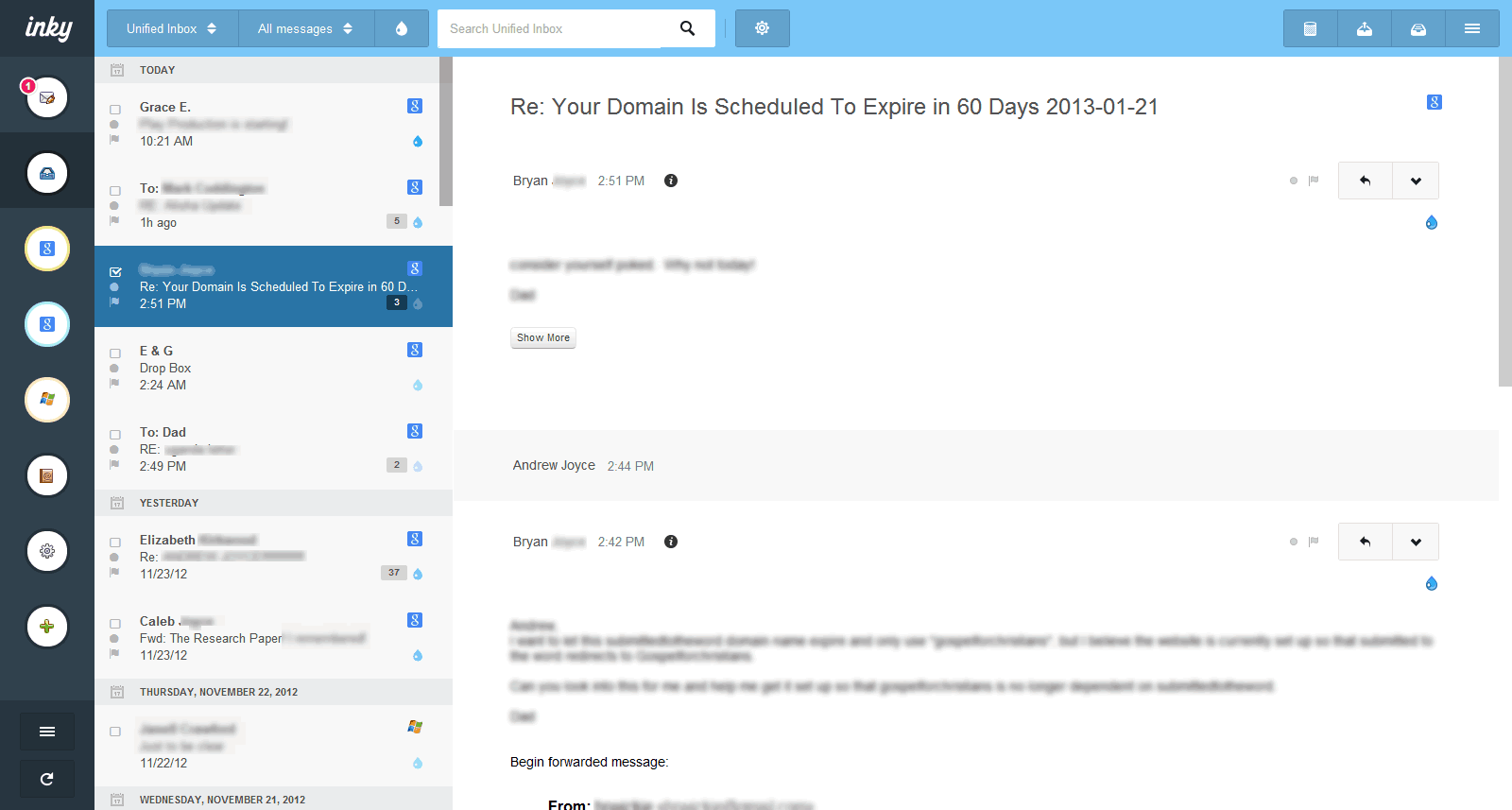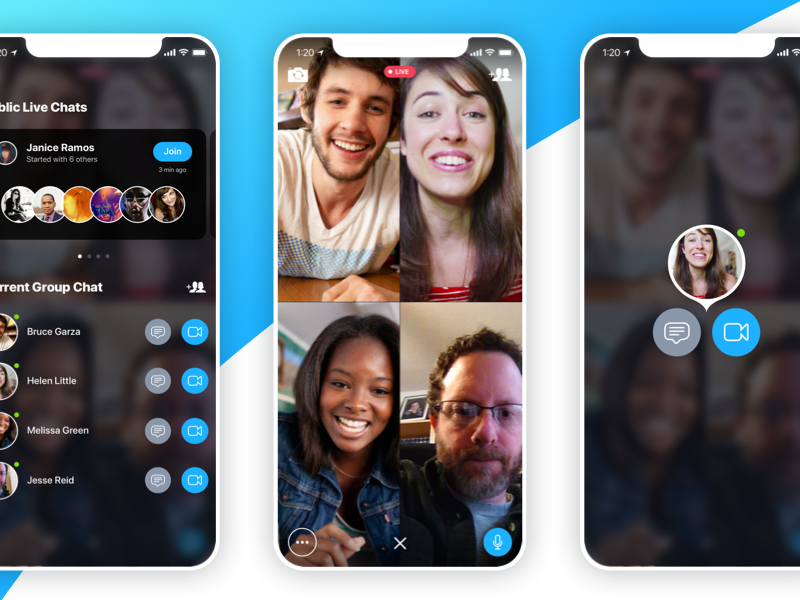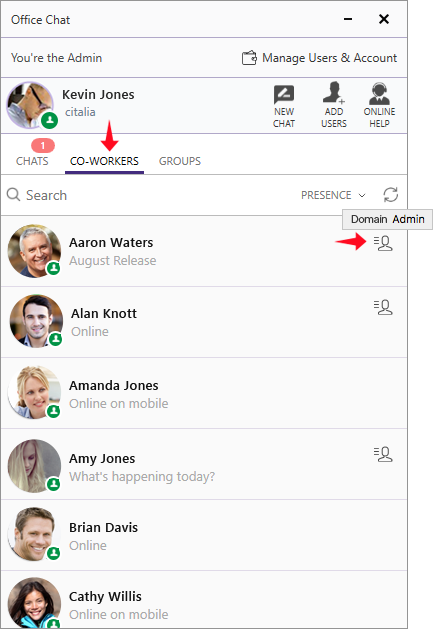


After a legal battle with AOL, the service would eventually go on to become Tencent QQ, the first Chinese Instant Messenger to go mainstream. In 1999 Pony Ma launched OICQ (Open ICQ). Ma and his Shenzhen based team quickly realized the potential in launching a Chinese chat app. While popular around the world, the service had little to no Chinese chatting or presence in China. In the late 90s, Pony Ma first encountered one of the internet’s earliest messaging apps, ICQ, created by an Israeli company way back in 1996. The Chinese Messenger App landscape began with the founder of Tencent, Pony Ma. In this article we will cover: Chinese Messaging App Landscape New competitors have been launched that might just change the Chinese messaging app landscape. Although the Chinese Messenger marketplace has been dormant for a while. But in China, the Great Firewall has allowed the evolution of a distinct Chinese chat app. URI scheme support allows using hyperlinks to join servers and channels.Email, Facebook Messenger, and Whatsapp might be the primary forms of communication that we all use in the west. Proxy server support allows connecting to an IRC server as if from a different machine. UTF-8 support allows using extended an character set including Cyrillic, Hebrew and Latvian characters. Multi-server functionality allows connecting to multiple servers from a single client. OTR or Off-the-Record Messaging is a protocol that provides privacy to conversation by encrypting messages.
#Best office chat client software#
SASL or Simple Authentication and Security Layer is a framework that increases security by separating authentication process from client's software functionality. To join a server that uses SSL encryption for communication, the client requires that functionality as well.ĭANE or DNS-based Authentication of Named Entities enables binding X.509 certificates to DNS names.ĬRL (certificate revocation list) and OCSP (Online Certificate Status Protocol) are protocols used to revoke X.509 certificates. TLS (and its predecessor SSL) connections are used by servers to prevent packet sniffing. IPv6 support allows connecting to IPv6 addresses. IPv6 is an updated version of the Internet Protocol that was mainly created to address the IPv4 address exhaustion. Turbo DCC is a DCC alternative that removes the necessity to expressly accept direct communications and uses a renamed SEND function called TSEND. REVERSE and RSEND are CTCP handshake-based DCC server alternatives.ĭCC FSERV is a file server that allows a user browse available files. DCC Server allows the initiator be a client and the other party the server with RDCC adding a handshake mechanism to the DCC Server extension. Multiple extensions for workarounds exist. A quick rundown of the components - CHAT is used for messaging, Whiteboard allows sending drawing commands, SEND allows sending files, RESUME can continue interrupted SEND file transfers, XMIT is a SEND alternative that allows resuming file transfers.ĭue to DCC communications acting as servers-client client relationships if the initiator can't be a server for whatever reason (firewalls, router configuration, etc) the communication cannot be established. DCC has multiple components and different components are implemented by different clients.

Most notably it is used to initiate DCC connections, but it's also used to obtain information about users and clients as well.ĭCC or Direct Client-to-Client protocol allows for private communications between users (without the traffic being routed through servers). Here's a quick rundown of the most important features.ĬTCP or client-to-client protocol is used to send structured data. To start, a client connects to a server (or more commonly a network of servers) where clients have either one on one conversations or group conversations in channels.īefore choosing a client it's important to understand how IRC functions and what it's capable of.

IRC or Internet Relay Chat is a protocol that enables real-time text communications between people.


 0 kommentar(er)
0 kommentar(er)
